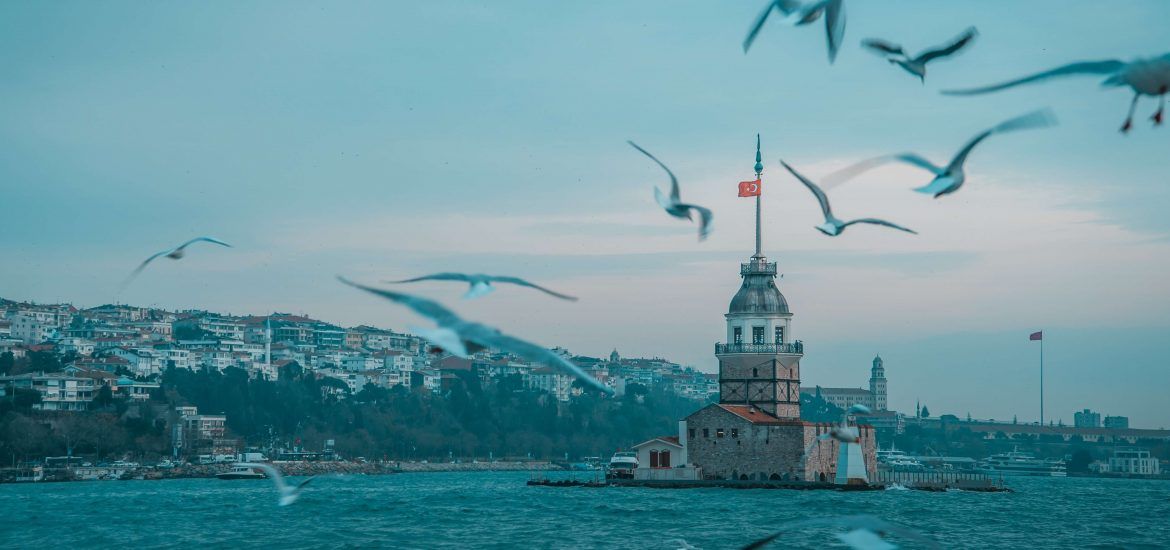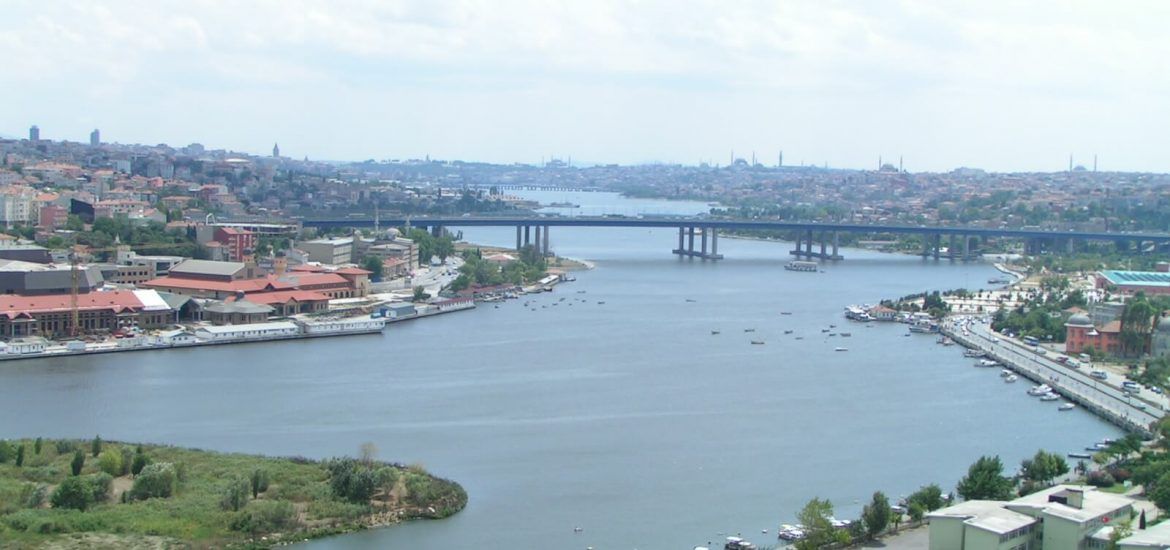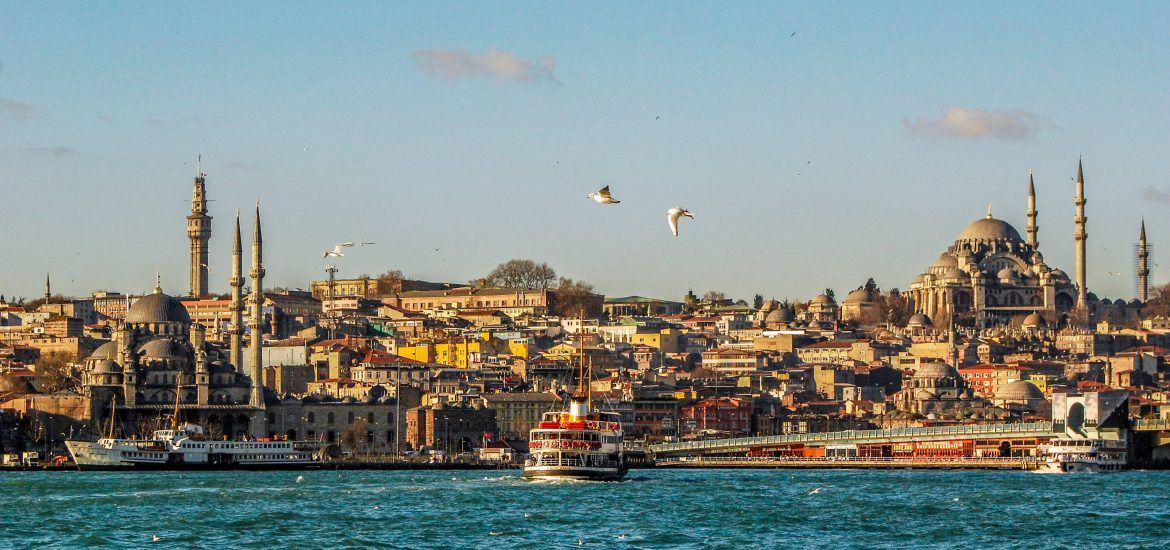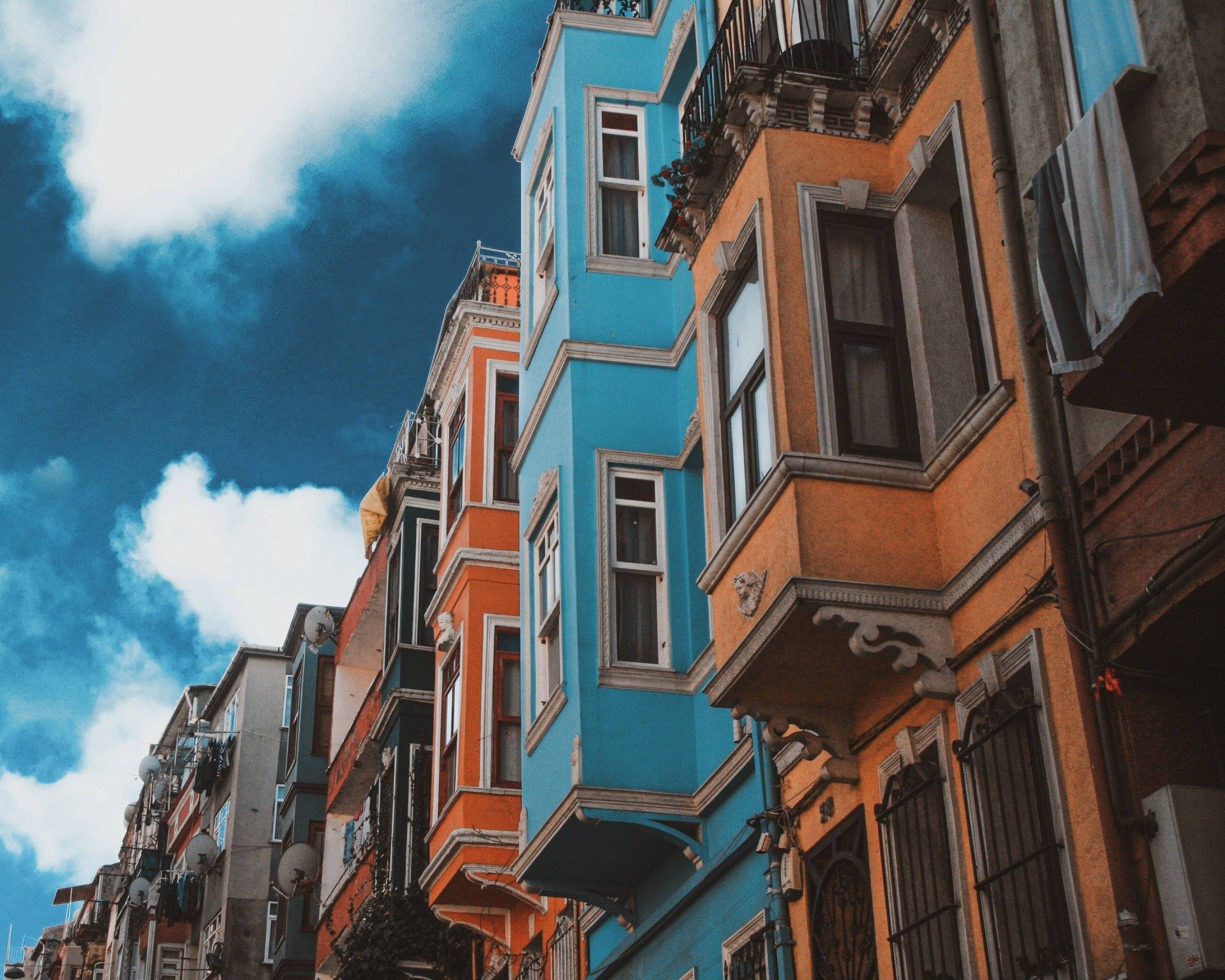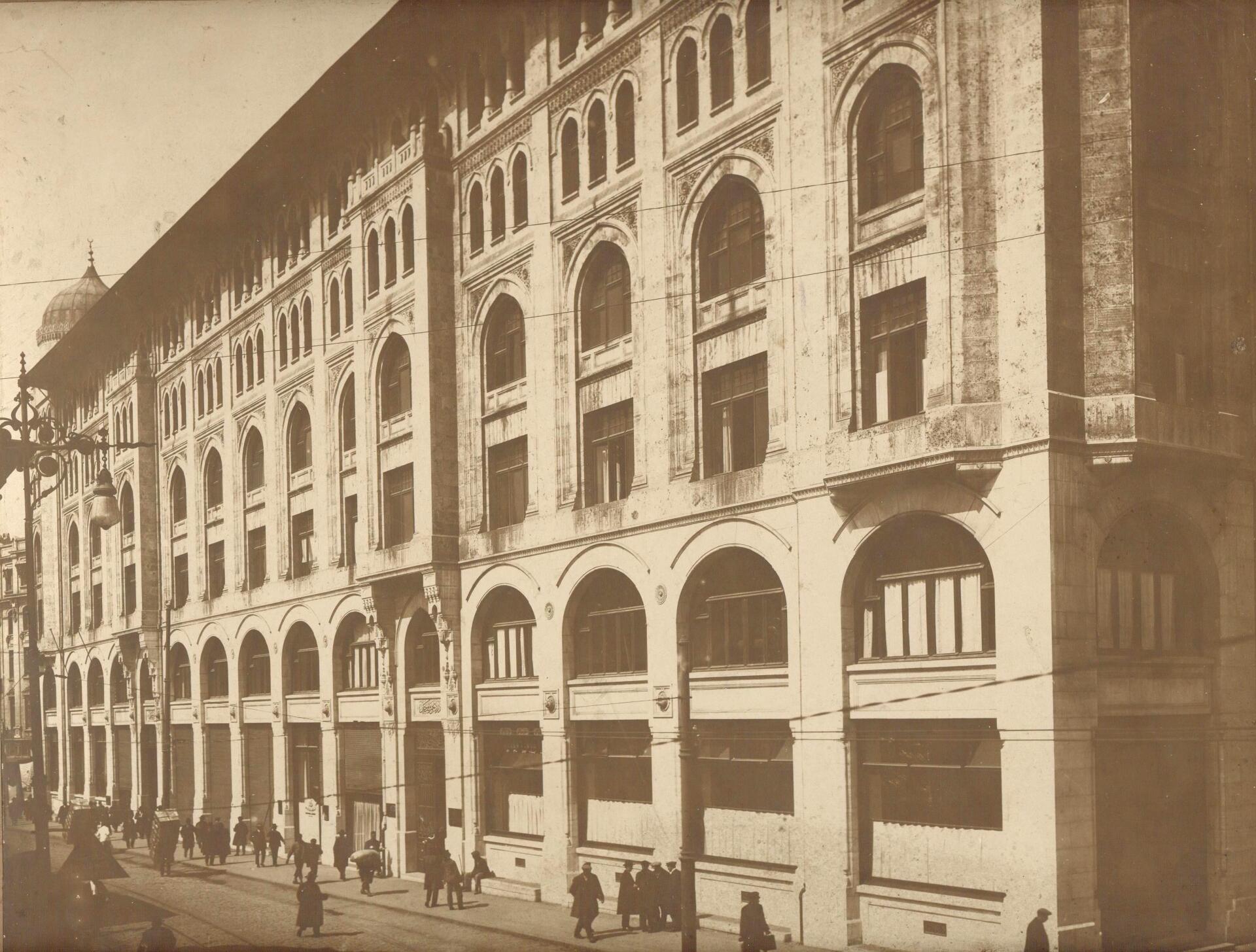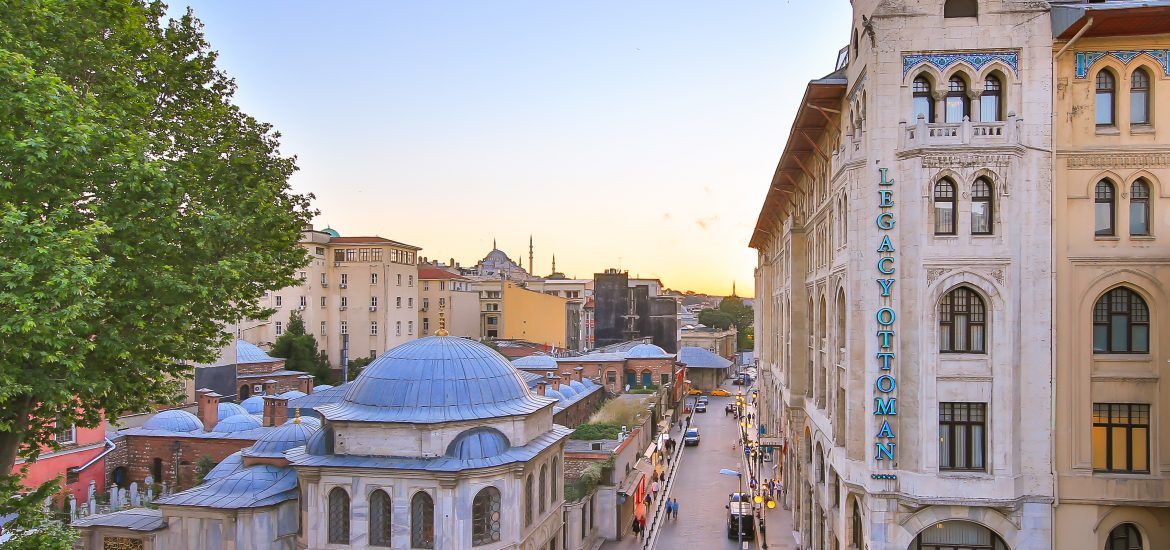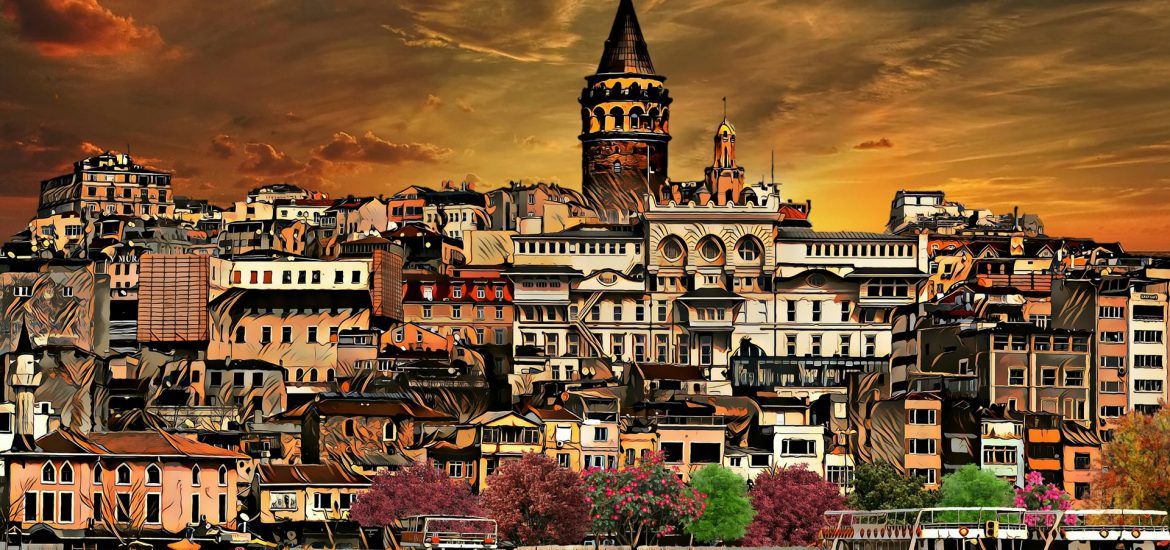Top 8 Must-See Places in the Historical Peninsula
If you have come to Istanbul and want to visit historical places, your first stop should be the Historic Peninsula. You ask why? Because the first settlement in the Historic Peninsula goes back to 685 BC; at the same time, this region is a very important settlement for Byzantine and Ottoman. Therefore, there are many historical monuments such as fountains, mosques, churches and palaces. In fact, a large part of the ancient artefacts that are to be seen in Istanbul can be mentioned here. Here are eight historical artefacts that you should definitely look in the historical peninsula, including a variety of activities.
Topkapi Palace
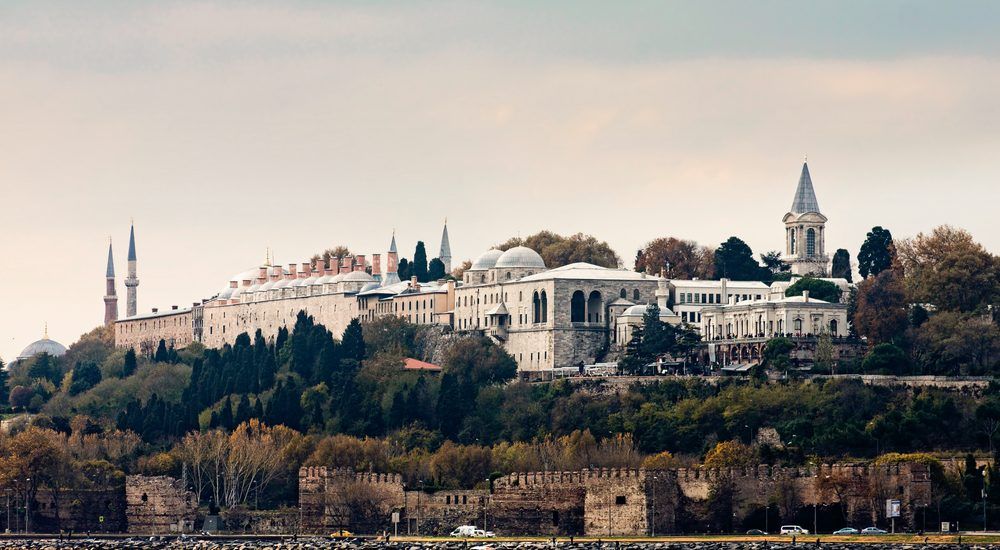
When we mention the historical peninsula, of course, Topkapı Palace comes to our minds. This palace was built by Fatih Sultan Mehmet in 1478 and was used for a long time. Palace officially became a museum on April 3, 1924, by Mustafa Kemal Atatürk. In addition to its administrative purpose, Enderun School was also an outstanding educational institution.
Hagia Irene Church
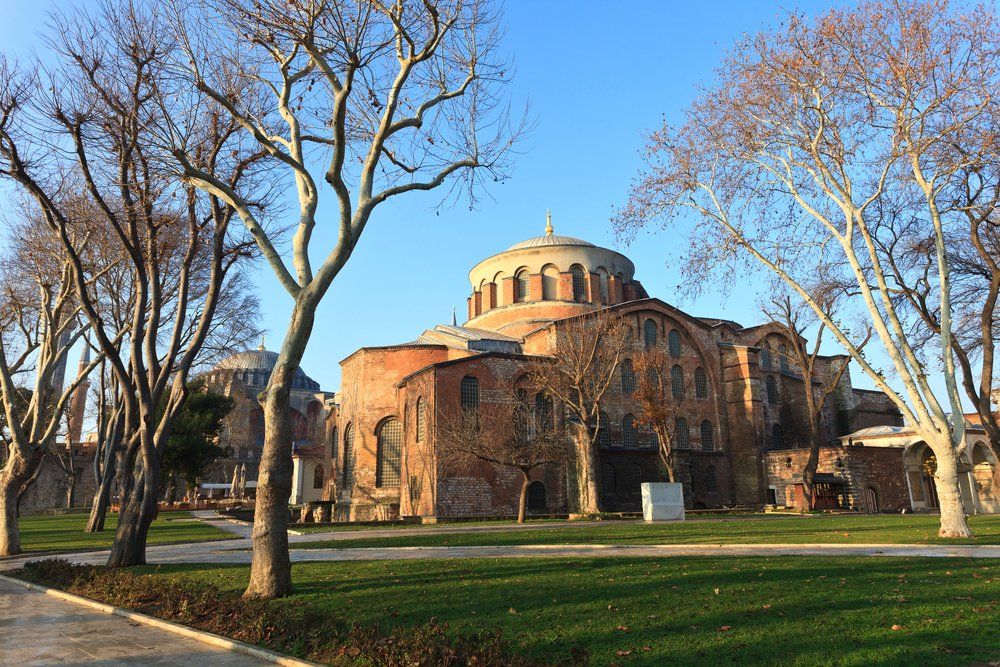
Hagia Irene Church, located in the Topkapı Palace, means ”Holy Peace”. There was previously a Temple of Jupiter in the place where Hagia Eirene Church is located. After the destroyed temple, the Church of Hagia Irene was built by Constantine. The building was used as an arsenal in the time of Fatih Sultan Mehmet.
Hagia Sophia
One of the first things that come to mind when the Historic Peninsula is called is Hagia Sophia. Hagia Sophia, which means “Holy Wisdom”, is the world’s first cathedral. On average, for a thousand years, he has been titled ‘the world’s largest cathedral’. At the end of 1,500 years, its title has not declined because it is still the fourth largest cathedral in the world. The Hagia Sophia was converted into a mosque after the conquest and was used in this way for centuries. It was restored in 1930 following the order of Mustafa Kemal Atatürk and started to be used as a museum.
Basilica Cistern
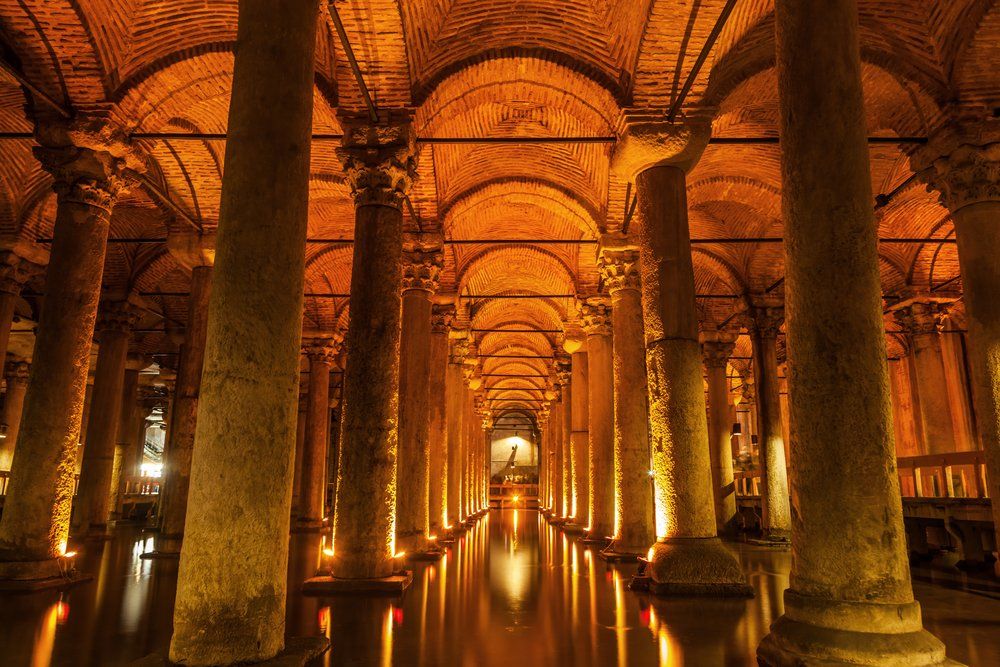
One of the most touristic places of Istanbul, the Basilica Cistern was built by the Byzantine Emperor Justinianus. This cistern was made to store water. The cistern was forgotten after the conquest. It was discovered in 1550 by two European travellers. It was restored by Sultan III Ahmet and Abdülhamit II. However, it was not used as a result of the love of the Ottoman for flowing water. In 1987, it was cleaned and restored by Istanbul Municipality, and it was brought into tourism.
Binbirdirek Cistern
There are three cisterns in the Historic Peninsula area. Serefiye, Yerebatan and Binbirdirek. When you reach this area, you can be enchanted by visiting the three cisterns. Binbirdirek is Istanbul’s second largest cistern after the Basilica Cistern. The cistern built in the 4th century was created to fulfil the water needs of the palace. There are 224 columns in it, and each consists of 14 columns of 16 ordinaries.
Suleymaniye Mosque
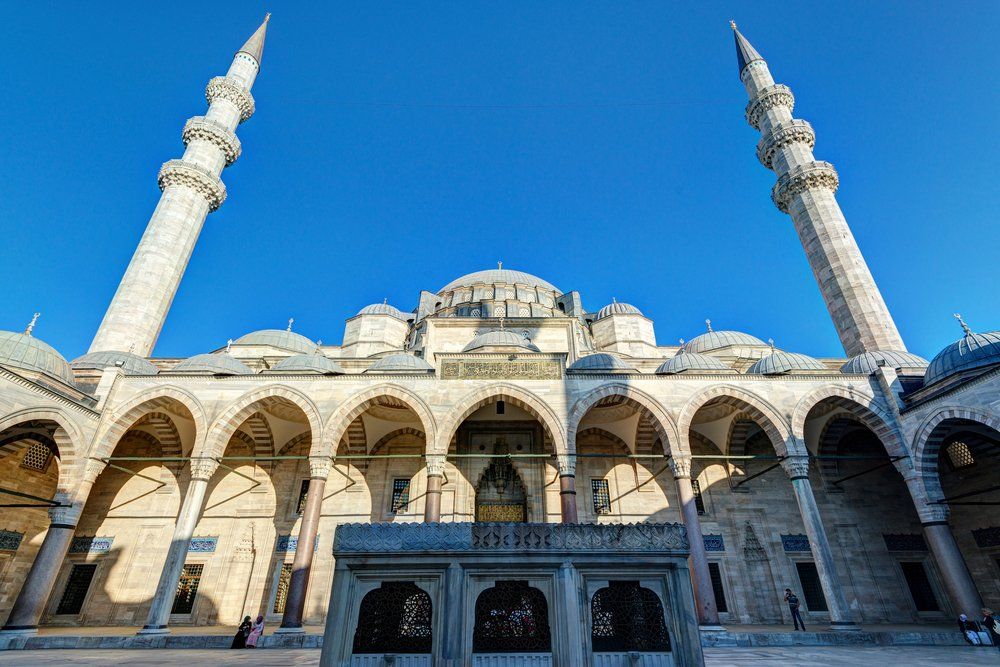
Suleymaniye Mosque was built by Suleiman the Magnificent in 1557 by Mimar Sinan. Mimar Sinan said “My journey era of work” for Suleymaniye Mosque. The structure is of great importance because it was built in the most splendid time of the Ottoman Empire.
Sultan Ahmet Mosque
The Ottoman Sultan Ahmet I built Turkey’s first six minarets mosque, the Blue Mosque. The mosque was completed in 1616. According to the story, Sultan I Ahmet wanted the minaret of the mosque to be gold. Sedefkar Mehmet Ağa thought that the minarets made of gold would force the budget. So he made six minarets by saying that he understood the words “gold minaret” as “six minarets”. In Turkish language six means “altı”, gold means “altın”. Sultan Ahmet Mosque is a very important work that decorates Istanbul silhouette. Because Iznik tiles used in the decoration of the mosque, the mosque is also known as the Blue Mosque.
German Fountain
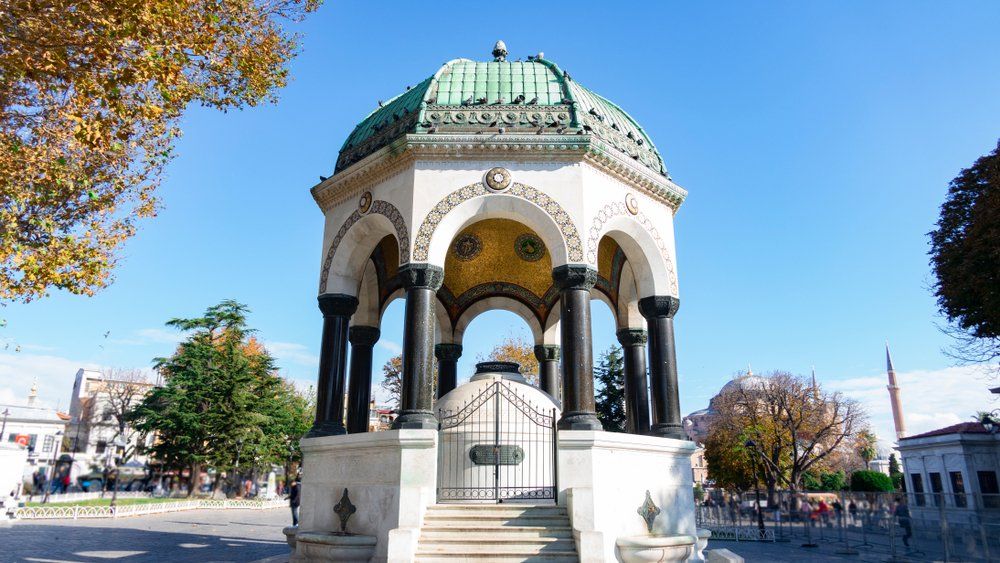
Located in Sultanahmet Square and opposite the Sultan Ahmet I Tomb, the historic fountain is the gift of the German Emperor Wilhelm II to the sultan. The fountain was built in Germany in 1901 placed in Istanbul.
